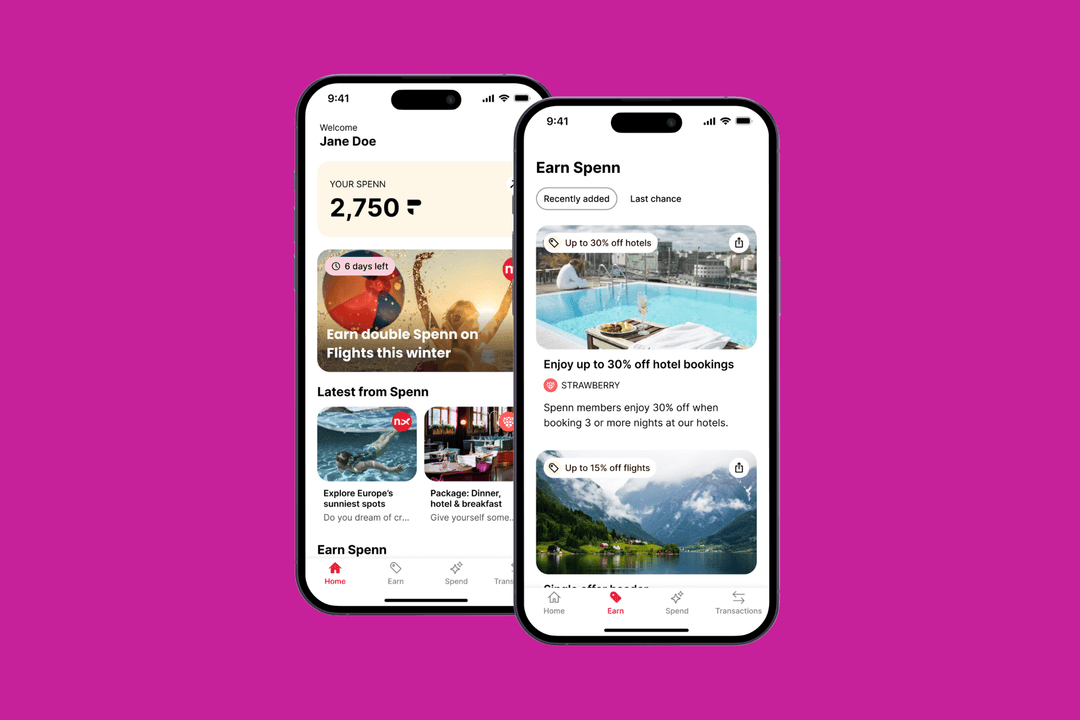Five considerations for how digital can deliver loyalty
What does loyalty look like in 2022 and how are digital platforms and products helping to shape it?
The loyalty landscape is currently a contradiction.
Barriers are higher than ever to reach customers digitally. Inboxes are full, channels are in abundance and notifications come thick and fast. And yet, with the wealth of tools and data available to marketers in 2022, it should be easier than ever to target customers and personalise content.
The combination of Covid, changing buying habits and supply chain issues has led consumers to buy from brands they might not have previously. Add into the mix the cookie challenges coming over the horizon and the need to invest in first party data strategies, loyalty programmes are up the agenda.
But the days of points and vouchers being enough to keep customers coming back are no more, so where should the focus be to really deliver value and what role is digital playing to create loyalty opportunities?
Here are five areas to consider:
1. Mobile payments over cards
The proliferation of mobile payments means buying habits have changed and online purchases using a mobile wallet eclipsed debit cards in 2020. As it continues to rise, so does the potential for mobile payments to be used more to increase loyalty.
This Euromonitor research from 2014 lamented the fact that smartphone wallets hadn’t taken off, but suggested mobile payments should be central to loyalty due to the context they provide to any shopping or payment experience.
Eight years later that’s still true, but examples of contextual loyalty experiences driven by in-app payments from brands still aren’t commonplace, with food outlets and coffee shops seemingly leading the way. There’s still untapped potential.
2. Loyalty, not a loyalty scheme
While many businesses have loyalty programmes, a scheme alone is not enough. A recent Forrester survey showed that 41% of brands had a loyalty strategy, but didn’t have a structured delivery programme to accompany it.
Engagement is driven by value and the customer has to feel like their exchange of data, time and money is worth it. A programme to deliver the right ongoing digital experience is essential to ensure customers are consistently aware of what they’re getting in return for their loyalty.
“A company must find ways to share value with customers in proportion to the value the customers’ loyalty creates for the company. The goal must be to develop a system through which customers are continually educated about the rewards of loyalty and motivated to earn them.” HBR.org
3. Rewards not points
The nature of rewards has evolved beyond just points and the evolution of supermarket and store loyalty schemes is testament to that.
A recent piece of work has helped an Apadmi client make savings of more than £1m by evolving a paper-based voucher scheme to a more efficient digital version for its customers, delivering reward in both monetary terms and ease of use.
Tesco Clubcard points still lead to vouchers and ultimately savings, but Clubcard-only prices create a much more tangible impact and create extra incentive for customers to scan their card (or app). And Clubcard Plus has changed the game further by moving to a paid-for monthly subscription, similar to an Amazon Prime-type model.
4. Gamification
No look at loyalty would be complete without mentioning the mot du jour, gamification. Although essentially a catch-all for an engaging interaction, gamifying any loyalty experience will deliver value if it increases engagement.
A good example is clothes retailer Shein which uses interactions, badges and shares as a currency for customers to build up points without actually having to make a purchase.
The potential is plain to see, but gamification can go wrong and the implementation must be relevant to the brand and supported by a solid UX process if it’s to deliver an experience which truly drives loyalty.
5. Loyalty or just good CX?
Which leads nicely on to the final point. Any efforts to increase customer loyalty have to be underpinned by great customer experience.
To create emotional loyalty, customers need to feel valued, listened to and have a good experience. And when they do, 76% of people are more likely to repeat spend and 87% are prepared to advocate and recommend the brand (Forrester).
Digital is clearly a key driver in creating good CX, but the challenge is the gap between where businesses think they are, compared to what their customers expect. According to research by Accenture and Adweek, 80% of brands think they deliver a superior customer experience, but only 8% of their customers agree.
Which brings us back to the value exchange…
To summarise
These five areas are a good place to start to ensure the success of any ongoing loyalty programme, and sound digital products delivering effective experiences have a key role to play across all of them.
Deliver contextual content and easy payments
Provide consistent reminders and know your customer
Reward with financial incentives and by acknowledging feedback
Gamify if you can but be true to your brand
Deliver great CX and loyalty will follow
Find out more about how Apadmi can help here.
Share
